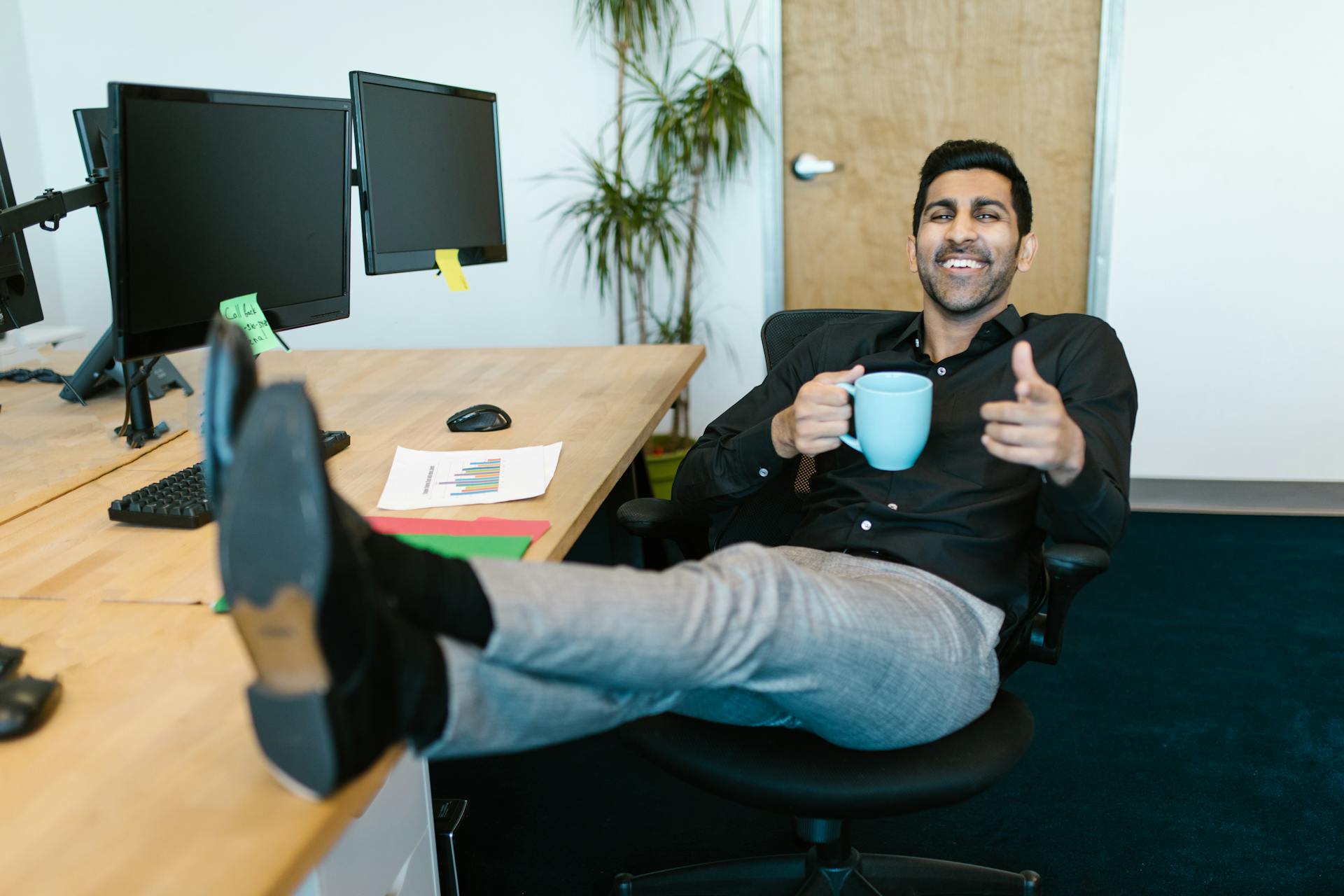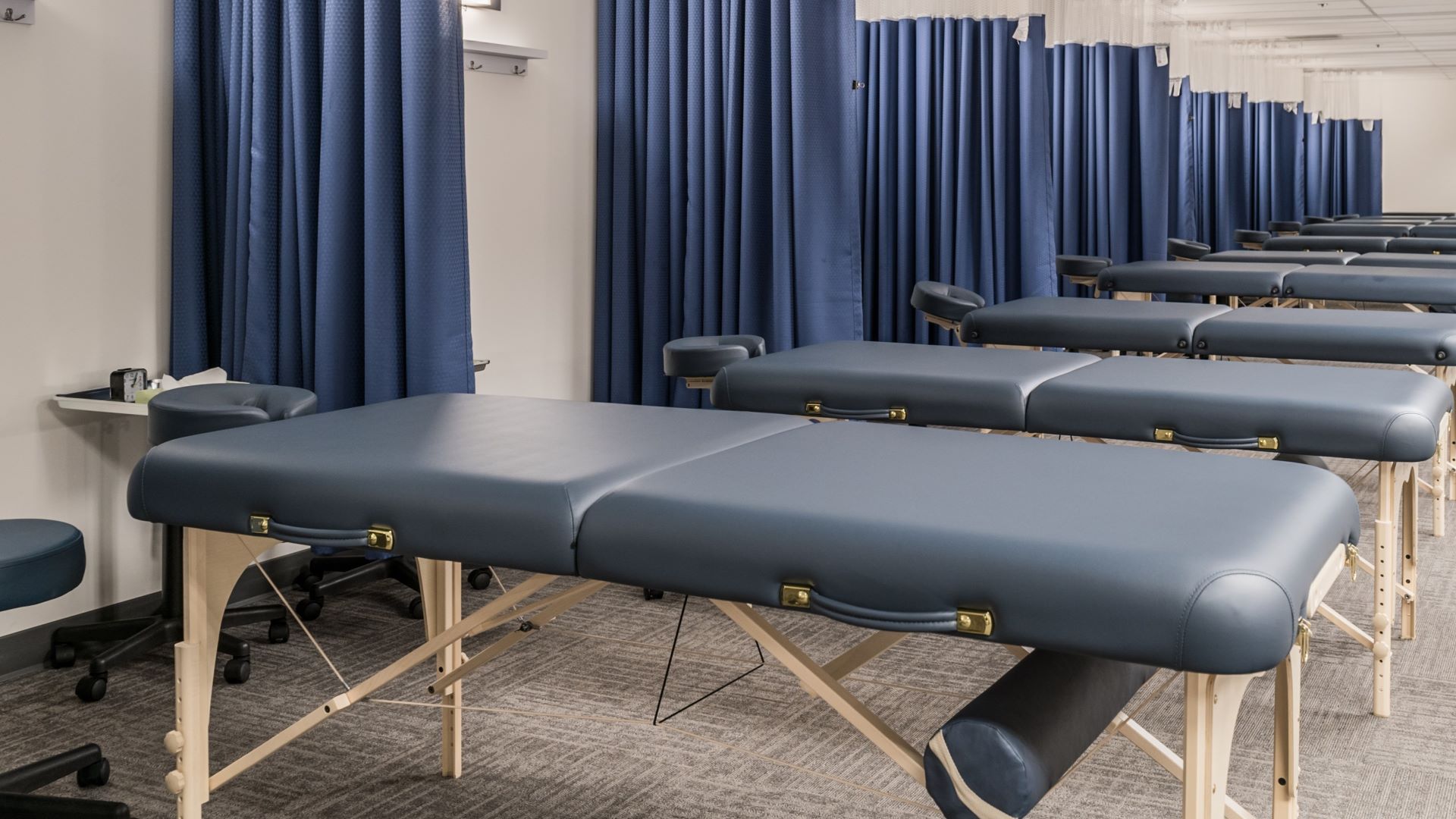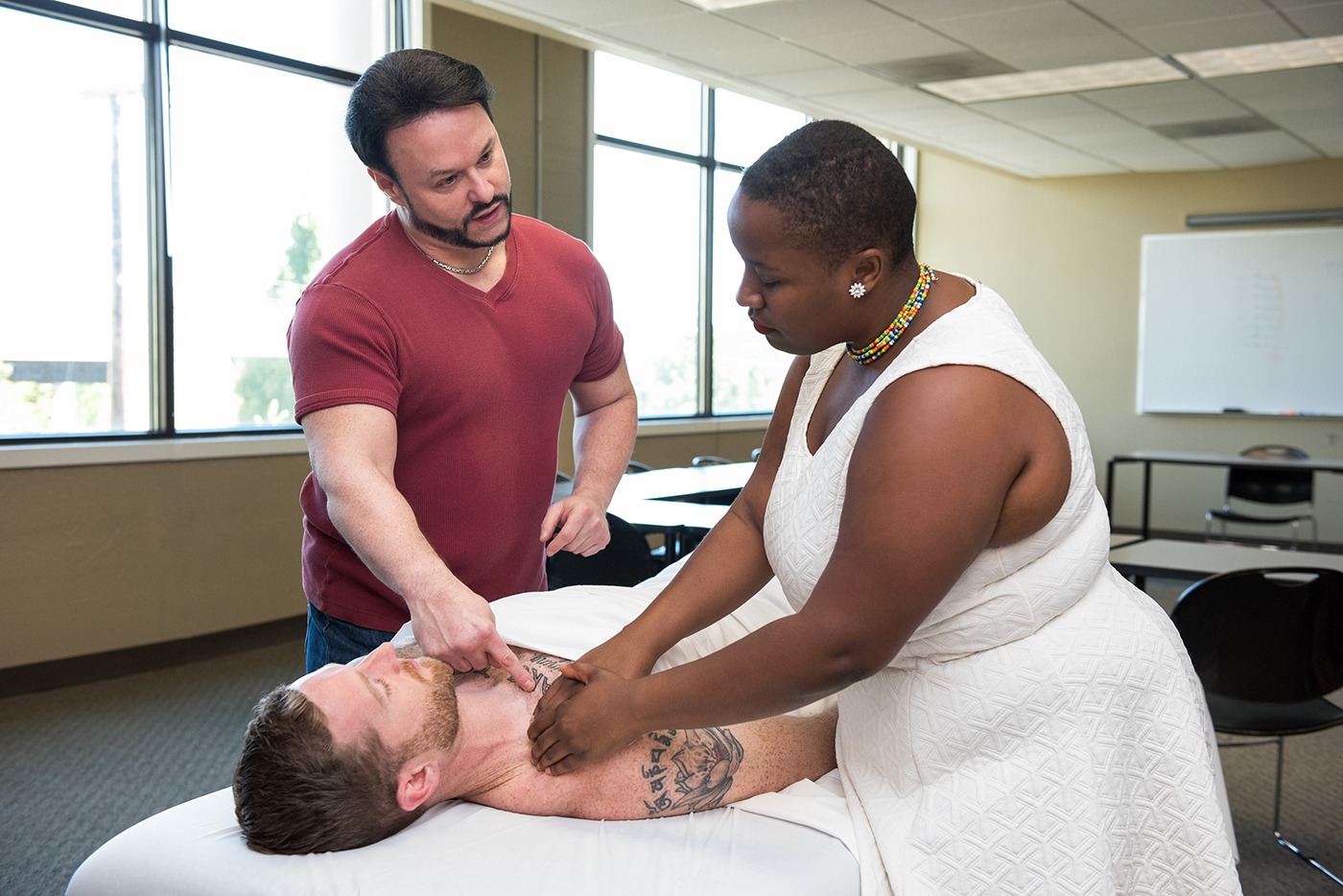As natural-born healers, massage therapists aim to make their practices accessible to all. A massage therapy career is rooted in caring for others. Yet unintentional discrimination may make potential clients feel uncomfortable. If you are straight and cis gender, you may be unaware of the stress and discrimination that LGBTQ individuals face daily.
Research shows that LGBTQ persons are 2.5 times more likely to experience depression, substance misuse, and anxiety than their straight peers. Moreover, most LGBTQ people report healthcare discrimination, such as denial of care, harsh language, or blaming an illness on sexual orientation or gender identity. It’s not surprising, then, that many LGBTQ people avoid or postpone medical care. You can make a difference by ensuring that your own corner of the wellness world—your massage therapy practice—is a welcoming place for all people, regardless of their gender and/or sexual identities.
Read on to learn techniques to make LGBTQ clients feel welcome in your massage space.
Educate Yourself to Understand Others
Open your mind to your own unforeseen biases. Self-education is the best tool you have in LGBTQ support.
The World Health Organization’s Gender and Genetics Study highlights the difference between biological sex (biologically determined characteristics of men and women), versus gender (socially defined ideas of male and female). While Americans traditionally identify only two genders, this is not true of other cultures. For instance, many Native American groups see gender as a continuum, with special recognition for “two-spirited” individuals who have both masculine and feminine qualities. Other cultures recognize more than two genders. Thai culture recognizes a third gender, phuying, males who display varying degrees of femininity.
Clearly, LGBTQ awareness is a complex issue—one that can fuel a lifelong quest in empathy and compassion. As they say, every journey begins with a single step. The following definitions may be a useful baseline for beginning to understand the LGBTQ experience:
Cis gender: Individuals who identify with their biological sex at birth.
Trans gender: Individuals who identify with a gender other than their biological sex at birth.
Intersex: Individuals who were born with sex characteristics (such as genitals or chromosome patterns) that do not fit with binary notions of female or male bodies.
Gender queer or Non-binary: Individuals who do not identify entirely with male or female genders; they do not feel the need to fit into this binary gender system.
Bisexual: Individuals who are attracted to both males and females.
Gay: Males who are attracted to other males.
Lesbian: Women who are attracted to other women.
LGBTQ-Welcoming Communication: Intake Forms, Confidentiality, and Non-Verbal Cues
As you progress along the path of LGBTQ awareness, you will likely notice a few aspects of your practice to improve for congeniality toward all clients.
Confidentiality is a must for LGBTQ individuals. Recognize that the United States lacks across the board legal protections based on gender identification. Trans gender people may lose their jobs if their biological sex becomes known. Therefore, LGBTQ individuals may not disclose their biological sex; respect their privacy and make it a non-issue as much as possible. For instance, leave a line for people to write in their gender rather than selecting from “male” or “female.”
Review your intake forms for any unnecessary questions on relationship status, the relationship of an emergency contact, and marital status. Again, if you feel you must keep a certain question, include a blank rather than a box to select. Finally, determine if any of your health questions need to be rephrased or eliminated.
Emphasize your own commitment to confidentiality verbally and in writing on any forms.
Here are a few more recommendations for your massage space:
- Don’t make assumptions about family structure. Unfortunately, LGBTQ individuals may suffer estrangement from their birth families. Consider asking, “Is it okay for me to ask about your family?” Or skip this off-topic chit-chat altogether and stick to questions about treatment.
- Label bathrooms “Restroom” rather than “Men’s” and “Women’s.” If you have gender-separate locker rooms, allow clients to select where they will feel the most comfortable.
- Couples massage is wonderful for romantic partners, friends, and family members alike. Don’t make assumptions about romantic couplings. In this and all aspects of your practice, allow the client to decide what they would like to share with you.
Outside of your practice, you can let the world know your commitment to be an LGBTQ ally. Place a LGBTQ-friendly sign outside your space. Post a similar message on your social media platforms, such as Facebook. Consider joining the local GLBTQ Legal Advocates and Defenders (GLAD) and/or PFLAG (Parents, Families, and Friends of Lesbians and Gays) advocacy groups. Volunteering for LGTBQ groups and attending local events, such as Pride Day, are wonderful ways to convey the openness of your practice, while also spreading the word about the value of massage therapy.
In an April Massage Magazine article, therapist Gael Wood reported that during her time in massage school, in the 1990s, a fellow student was HIV positive. Other students always wore gloves when working with him. Apparently, they were unaware that HIV cannot be transmitted via skin contact. Wood reports this as her first experience with LGBTQ discrimination in massage. Fortunately, massage therapy schools have come a long way since then. Still, massage students and LMTs can help make our profession even more welcoming to the LGBTQ community by cultivating awareness and compassion on a daily, moment-by-moment basis.



